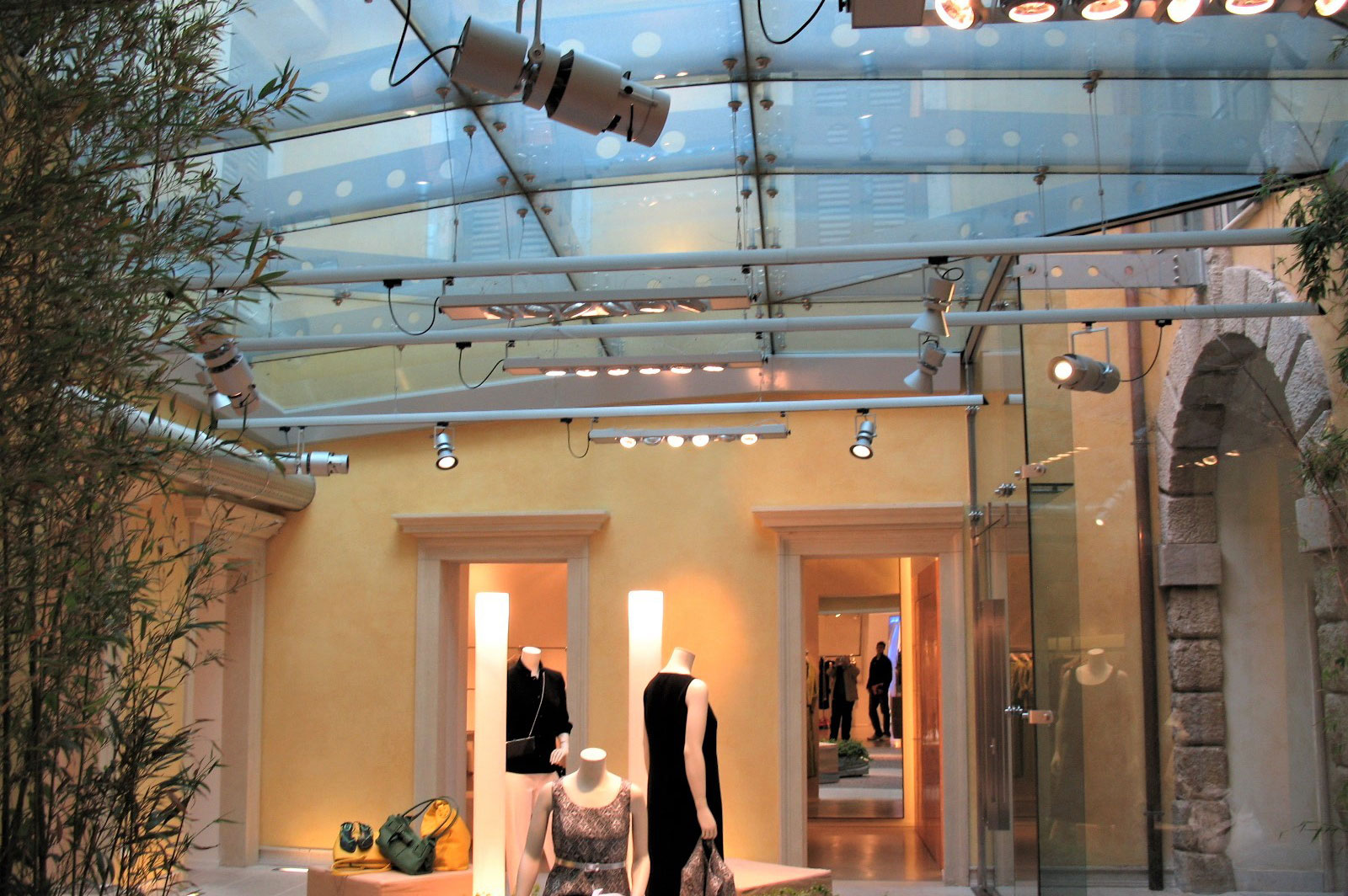
Max Mara – Verona
12 February 2021Client owner:
Banca Popolare dell’Alto Adige S.p.A.
Scientific consultant:
Professor Engineer Architect Salvatore Russo - IUAV University in Vicenza
Monumental protection:
Supervision Belle Arti e Paesaggio di Verona
Safety activities with interventions subject to authorization by the “Soprintendenza Belle Arti e Paesaggio di Verona”, of the building complex located in Marostica‘s historic center affected by severe structural material degradation subject to ministerial, landscape and monumental decrees.
The Ex Azzolin building complex is located in the Scaliger’s walls, which were built around 1370 a.D
The parts of the area subject to safety measures (according to the prescriptions of the code of cultural heritage Legislative Decree number 42 written in 2004) : the ravelins forming part of the Scaliger’s walls in south and west fronts; the villas of the early 19th century monumentally placed along Corso Mazzini; the chimney and the historic factory from the end of the 19th century.
In the lot there is also a vast historically restricted park in which a variety of species of centuries-old plants stand.
Specifically, the activity of Studio Cattivelli includes:
- The analysis of the historical stratification of the buildings in the sector.
- The surveys of the state of the buildings on a photographic reference grid with the support of drones and topographic surveys.
- The characterization of materials and architectural partitions through micro-invasive tests that followed laboratory analyzes and surveys on the bearing capacities of the walls and wooden floors.
- The catalogation of collapse residues and archiving of the representative parts which were found.
- The 3D modeling with modal and seismic analysis of buildings in the current state with identification of the parts in needing to be stabilized with the temporary safety.
- The project of non-invasive safety works of the parts identified with previous analyzes and mitigation of the interventions required by Trade Union and Superintendency practices, made with props and wooden beams with reference to the indications of the manual of the provisional works of the Fire Brigade for calamitous events of monumental works.
- The construction’s supervision of the "technical part" for the implementation of the temporary structures identified in the project.
To prevent the progress of deterioration caused mainly by infiltration of rainwater from the collapsed roofing parts and consequently the triggering of further collapses with a domino effect on the underlying floors, a special temporary metal structure has been further created for securing the wall parts, with a completely non-invasive result.
To tone down the architecture’s part of the safety works along the main street “Corso Mazzini'', a full-scale "Big-Print" sheet reproducing the facade of the building was applied to the full-width metal works of the buildings.
For the historic chimney with a truncated cone section of about 23 meters high (around 75 feet), which has a critical annular section at a height of about 10 meters (around 33 feet) from the ground, with evident wall cracks, a temporary metal structure was laid, creating a non-invasive external bandaging with the reinforcement walls bridge of the critical section.
What’s more, also for the Rivellino on the west front forming part of the Scaligera walls, a non-invasive intervention was carried out with 2 specific structures:
- an external structure with a very low visual impact for securing the historic wall facade;
-a metal internal structure in the tower to support the residual part of the top vault.








